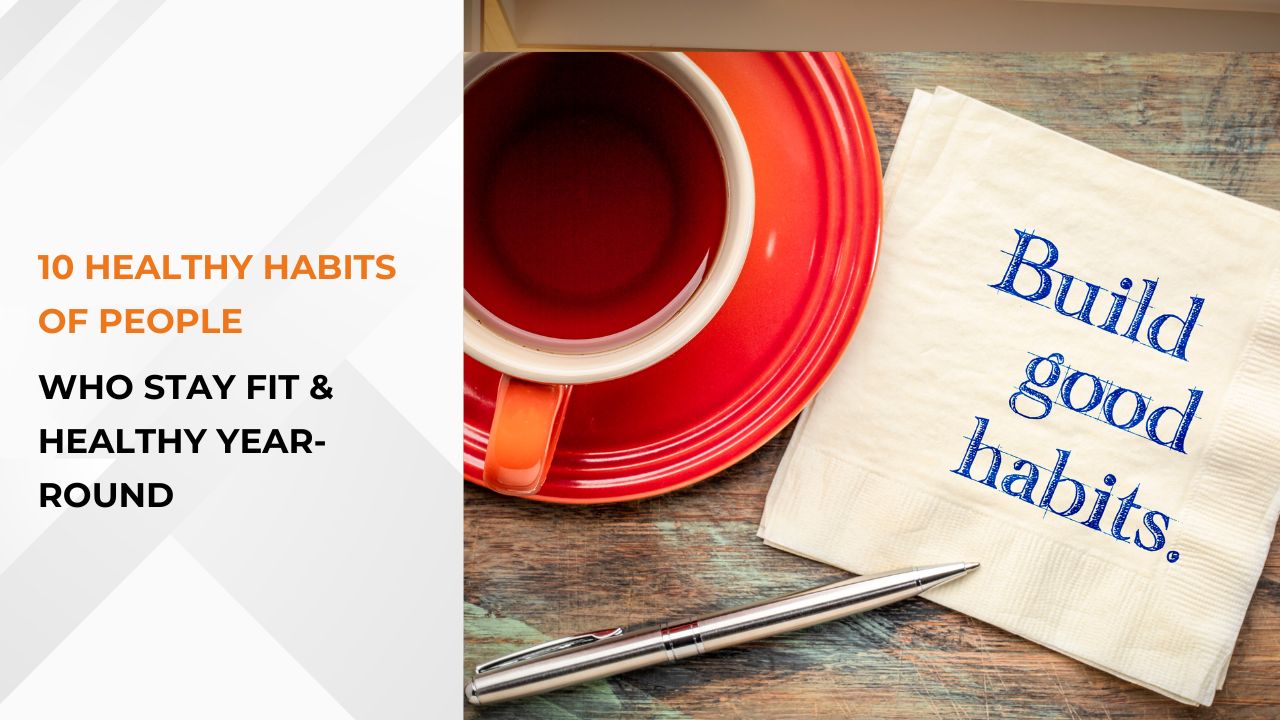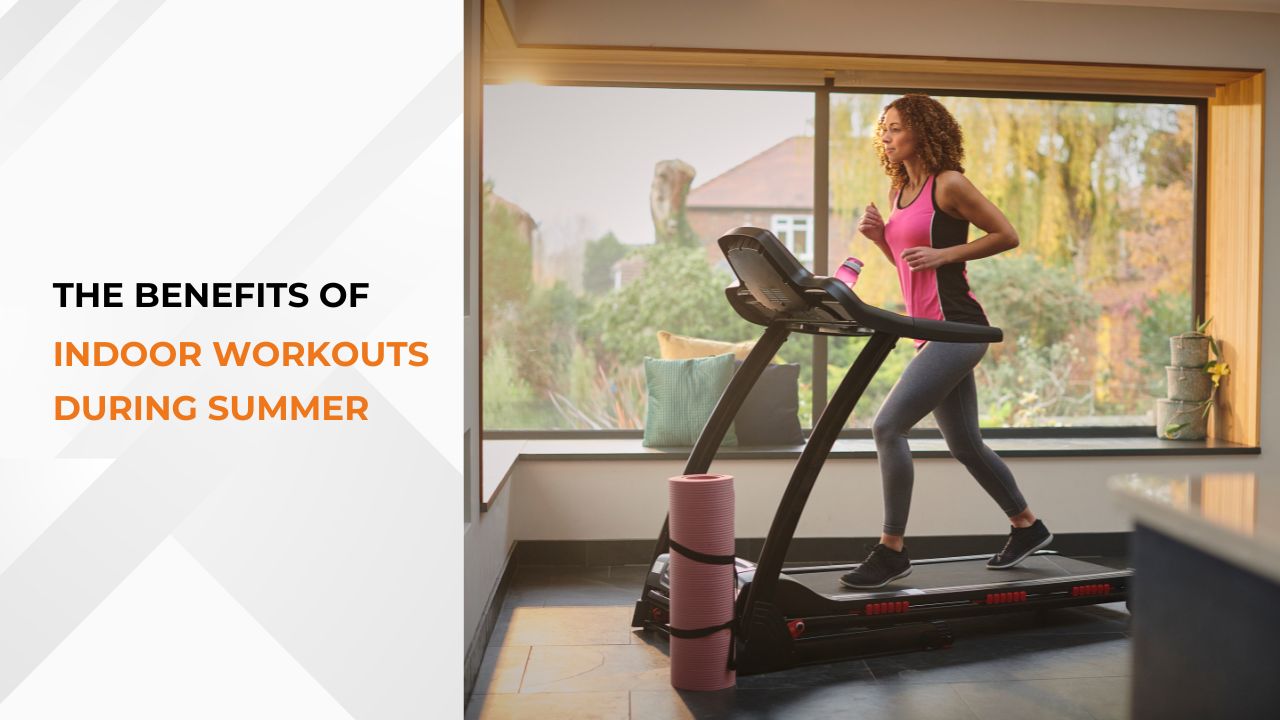Understanding Different Cardio Workouts: Which Is Best for You

Whether you’re looking to lose weight, build stamina, or just get moving, cardio is a foundational element in any fitness routine. However, with the variety of options available—from running and cycling to HIIT and swimming—it can be hard to determine which type of cardio workout is best suited for your goals, preferences, and body type. In this guide, we’ll break down popular cardio workouts, and their unique benefits, and help you choose which might be best for you.
1. What Is Cardio and Why Does It Matter?
Firstly, cardio, short for cardiovascular exercise, focuses on increasing your heart rate and breathing to improve the efficiency of your heart, lungs, and circulatory system. Regular cardio exercise boosts heart health, aids in weight management, increases stamina, and even improves mental well-being by releasing endorphins, the body’s natural mood lifters.
2. Types of Cardio Workouts
There are several types of cardio workouts, each with different intensity levels and benefits. Here’s a closer look at some of the most popular ones:
A. Steady-State Cardio
Steady-state cardio involves maintaining a consistent pace over a set period. Common examples include jogging, brisk walking, and moderate cycling. This type of cardio is usually performed at a lower intensity, making it ideal for beginners or those focusing on endurance.
- Benefits: Great for building aerobic endurance, easy on the joints when done at moderate intensity, and accessible to most fitness levels.
- Who It’s Best For: Beginners, those recovering from injury, or anyone looking for a gentler, long-duration workout.

B. High-Intensity Interval Training (HIIT)
HIIT combines short, intense bursts of activity (like sprinting or jumping) with brief periods of rest. This workout can be as short as 10-20 minutes and still be highly effective. The goal is to push your limits during each interval, and then recover before the next burst.
- Benefits: Efficient in burning calories in a short time, boosts metabolism, and continues to burn calories post-workout through the “afterburn” effect.
- Who It’s Best For: Those with a busy schedule, intermediate to advanced fitness levels, and anyone looking for a time-efficient, high-calorie burn workout.
C. Low-Impact Cardio
Low-impact cardio includes activities that put minimal stress on the joints, such as swimming, rowing, or using an elliptical machine. This type of exercise is ideal for individuals with joint issues, arthritis, or injuries.
- Benefits: Reduces the risk of injury, suitable for all ages, especially older adults or those with joint concerns.
- Who It’s Best For: People with joint issues, beginners, or anyone looking for a lower-risk workout that’s still effective.
D. Circuit Training
Circuit training combines resistance and cardio exercises in one workout, cycling through a series of exercises targeting different muscle groups with little rest in between. This keeps your heart rate elevated throughout, providing both cardiovascular and muscular endurance benefits.
- Benefits: Builds both strength and endurance, prevents boredom by mixing exercises, and allows a full-body workout in a short period.
- Who It’s Best For: Those who want strength training combined with cardio, intermediate fitness levels, and anyone looking to avoid repetitive routines.
E. Dance Cardio
Dance-based cardio workouts, like Zumba or aerobic dance classes, combines choreography with high-energy music. It’s a fun way to work out, especially for those who find traditional cardio boring.
- Benefits: Enhances coordination, makes cardio enjoyable, and provides a full-body workout.
- Who It’s Best For: People who enjoy dancing, those who prefer a social and lively workout environment, and anyone seeking a fun way to stay fit.
F. Running
Running is one of the most accessible cardio workouts and can be performed indoors on a treadmill or outside. It’s a great way to build endurance and cardiovascular fitness.
- Benefits: Builds endurance, aids in weight loss, strengthens lower body muscles, and improves cardiovascular health.
- Who It’s Best For: Individuals who enjoy outdoor workouts, those without joint issues, and anyone looking for a versatile and high-calorie burn workout.
G. Cycling
Cycling can be done outdoors on a bike or indoors on a stationary bike. Moreover, it’s a versatile workout that can be modified to be low or high intensity depending on the resistance and speed.

- Benefits: Builds lower body strength, low impact on joints, and improves cardiovascular health.
- Who It’s Best For: Additionally, those who want a low-impact workout, cycling enthusiasts, and anyone looking for a flexible intensity workout.
3. Choosing the Right Cardio Workout for Your Goals
Your ideal workout amongst other cardio workouts will depend on factors like your fitness goals, current fitness level, and personal preferences. Here’s how to match a cardio workout to your goals:
- Weight Loss: HIIT, running, and circuit training are all effective due to their high-calorie burn and ability to boost metabolism. Including a mix of steady-state and HIIT can also help with fat loss. Additionally, there 8 effective tips to help you avoid seasonal weight gain.
- Endurance and Stamina: Steady-state cardio, such as jogging, cycling, and swimming, can help build endurance without putting too much strain on the body. These longer-duration workouts train the cardiovascular system to be efficient over time.
- Strength and Cardiovascular Benefits: Circuit training combines both strength and cardio elements, making it ideal if you want to work on muscle endurance as well as cardiovascular health.
- Joint Health and Low-Impact Options: Low-impact exercises like swimming, rowing, and cycling are gentle on the joints and reduce the risk of injury, making them ideal for those with joint issues or arthritis.
- Fun and Motivation: Dance cardio is perfect for those who find traditional cardio monotonous. Additionally, the lively environment and social aspect make it enjoyable and sustainable.
4. Tips for Maximizing Cardio Workout Benefits
- Start Slowly: Especially if you’re new to cardio, ease into it by starting with lower intensity and gradually increasing. This prevents burnout and injury.
- Mix It Up: Avoid doing the same type of cardio every day. Incorporating a variety of workouts can improve different aspects of fitness, keep things interesting, and prevent overuse injuries.
- Listen to Your Body: Rest days are crucial to recovery, especially after intense workouts. Overtraining can lead to fatigue, reduced performance, and injury.
- Track Your Progress: Use a fitness tracker or app to monitor your workouts. Moreover, tracking metrics like heart rate, calories burned, and duration can motivate you and show progress over time.
Conclusion: Finding the Perfect Cardio Fit for You
With so many cardio options available, there’s truly something for everyone. Moreover, understanding the different types of cardio can help you make an informed decision. Consider your fitness goals, current level, and what you enjoy the most. Lastly, the best cardio workout is the one that you’ll stick to consistently—because at the end of the day, consistency is the key to seeing real results.

